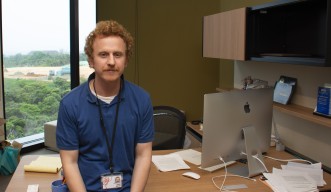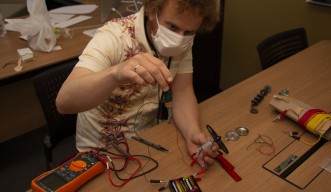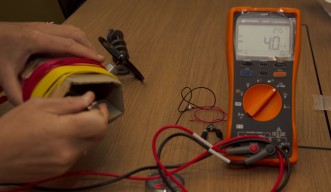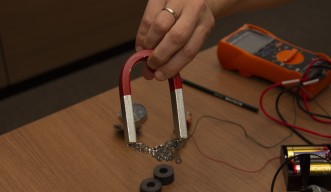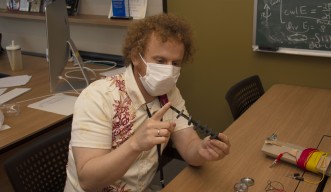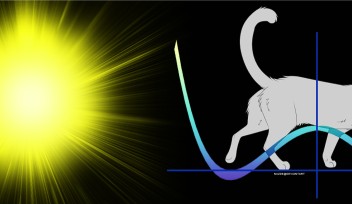From the applied to the abstract: Mathematical models traverse reality and beyond
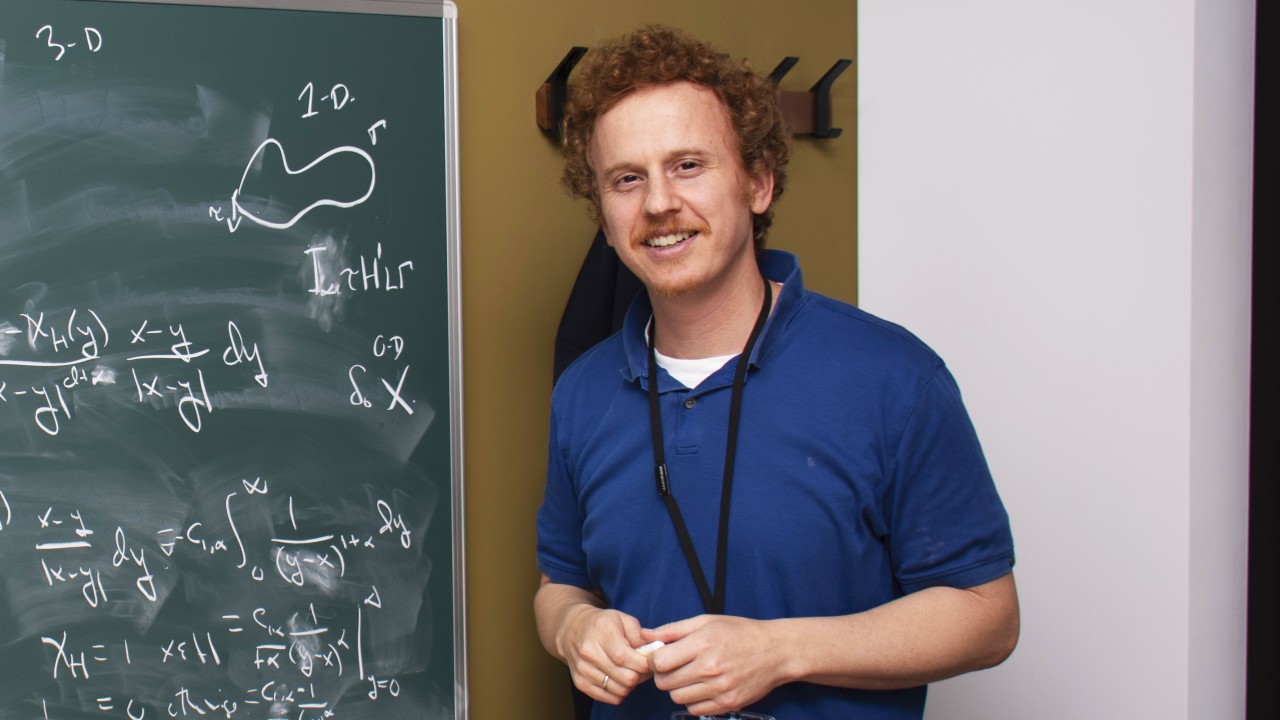
Mathematics is everywhere. It’s hidden in the patterns we observe across the world – from the stripes of a zebra to the constellations of stars to the web of a spider. It also inhabits actions and forces that we can’t directly observe, such as magnetism, electricity, and gravity. As one of the world’s oldest recognized disciplines, there’re many opportunities to refine and explore equations, and to ask questions that haven’t yet been answered. And having a greater understanding of mathematics gives us a fundamental understanding of our world, as well as providing numerous applications for engineering, physics, and biology.
Hailing from Illinois in the States, and having spent time working as a mathematician in China, Israel, and Taiwan, Professor Daniel Spector joined the Okinawa Institute of Science and Technology Graduate University (OIST) in January 2020 to lead the Nonlinear Analysis Unit. This diverse overseas experience and his success as an early career mathematician – he has twice been the recipient of a Young Researcher Award, first from Taiwan National Center for Theoretical Science in 2016 and then from the National Chiao Tung University College of Science in 2017 – makes him a welcome addition to OIST’s community of internationally renowned researchers. He arrived just as OIST was looking to grow its pool of theoretical mathematicians.
Professor Spector explained how OIST is an optimal place for him to do his research. “Mathematics is something that I do in several spaces. One is in the office at my desk. Another is at the blackboard, whether casually or in a lecture. A third is walking around in nature. At OIST I have first rate facilities for the former two and beautiful nature for the latter, along with the time to work because of the reduced teaching compared to other places. I look forward to the pandemic being over so I can bring other mathematicians here to experience this environment.”
Whilst at OIST, Professor Spector’s broad research goal is to refine, develop, improve, and discover tools to analyze and understand the world we live in. To do this, he searches for patterns that can be mapped by mathematical equations. He recently had two papers published – one in Journal of Functional Analysis and the other in Nonlinear Analysis – where he developed tools for studying the regularity of solutions of partial differential equations. He also applied these tools to obtain estimates for the equations governing electricity and magnetism in infinite flat space, while his next project is on the same phenomena in curved space.
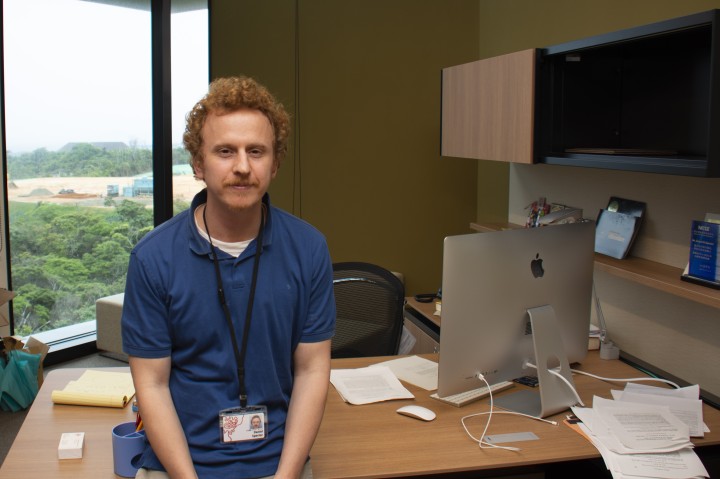
“Research in mathematics follows the same method as research in the lab or field,” said Professor Spector. “It begins with observations, which lead to conjectures. We perform experiments to verify or disprove these conjectures and eventually we draw conclusions. But our experiments involve pen and paper rather than a lab or field site. In any setting you need to be curious about the world.”
An example Professor Spector gave involves triangles. “A few months ago, I had my nine-year old son perform an experiment. I asked him to draw four or five different triangles, measure the angles, and compute the sum of the angles for each triangle. It was amazing to see the eureka moment when he realized they were all adding to 180°, no matter the shape or size of the triangle. And by doing this, he had followed the scientific method – he had a question, he performed experiments, and he drew a conclusion.”
Playing with magnets and electricity
One project that Professor Spector is currently working on examines a set of equations called Maxwell’s equations, which give a mathematical description of electromagnetism and electric circuits. James Clerk Maxwell was a Scottish scientist who lived during the 1800s. He’s best known for his equations on electricity and magnetism that led to the understanding that light itself is an electromagnetic wave.
“Maxwell wrote down the equation that showed a moving electric field will generate a magnetic field. That a magnetic field is determined by the electric current, as well as the way the electric field changes in time. This builds on the work of another mathematician, André-Marie Ampère, who found that a magnetic field can be induced by a current. These equations, and the corresponding experiments, have given rise to computers, lights, motors and so much more. I couldn’t imagine life in the modern world without these innovations. And they all come from our understanding of electricity and magnetism.”
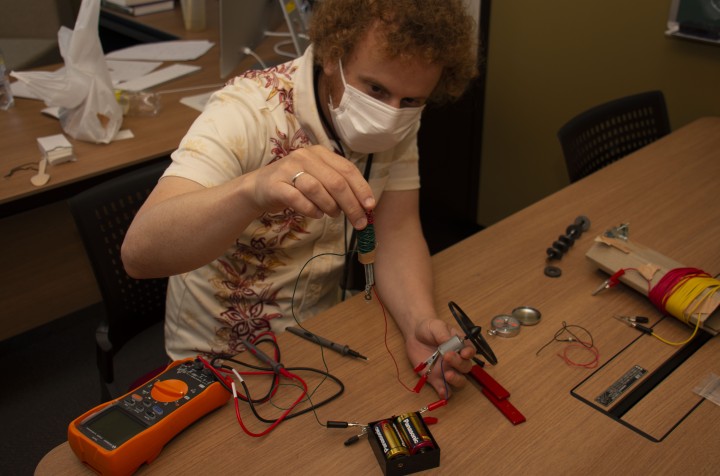
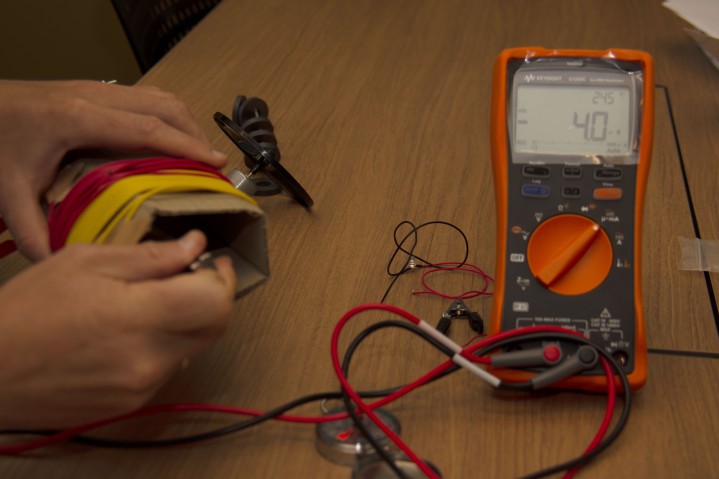
Over the next century and a half, different mathematicians have looked at Maxwell’s equations in different ways. Professor Spector’s research adds to a huge body of literature and helps to further refine these tools, essentially bringing them closer to reality.

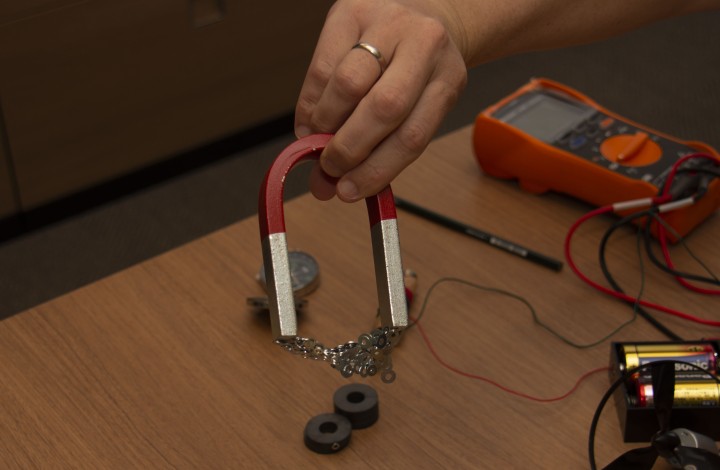
“Once you write down the equations, the question becomes purely mathematical. You remove it from the observable world while you test the constraints of the model. But it’s important that these models do lead back to reality.”
Whilst Professor Spector acknowledges that mathematical models are always going to miss reality by a little bit (“they are, after all, only approximations”), he argues that they shouldn’t be thought of in terms of whether they’re completely correct but rather, whether they’re totally wrong. A rule of thumb for checking if these kinds of equations are close enough to reality to be worth further investigation involves checking three conditions: Does the solution exist? Is the solution unique? And is the solution continuously dependence on the data?
For this research, Professor Spector has looked at estimates to determine whether Maxwell’s equations are continuously dependent on the data. Here he has proven new estimates for such continuous dependence but emphasizes that this is not the end of the research.
“Ultimately, mathematically, what we’re trying to determine is the structure of the magnetic field and these estimates can tell us more about this structure.” But, Professor Spector continued, given that these equations look at magnetism and electricity, there could be direct applications for engineering.
Whilst at OIST, Professor Spector is looking forward to continuing to ask and answer questions like this. He emphasized the benefit of being in a place where he’s surrounded by scientists from other disciplines. “In my undergraduate years I spent a lot of time on chemistry and computer science, in addition to mathematics. The three areas complemented each other and having this background is part of the reason I’m so excited to be at OIST. The interdisciplinary approach implemented here makes it a wonderful place to be.”
Specialty
For press enquiries:
Press Inquiry Form










